Understanding Design as Language: Communication Beyond Words
In today’s digital age, design as language is more than just a metaphor—it’s a framework that shapes how users interact with technology. Through visual communication, design thinking, and thoughtful interface design, designers build systems that speak volumes without a single word. Just like spoken language, design uses structure, rhythm, tone, and context to deliver meaning.
From icons that signal intent to layouts that guide attention, every element plays a role. And when applied intentionally, design doesn’t just look good—it tells a story. But how does design tell a story, and how can we use it to elevate user experience?
Let’s explore how this silent, visual language operates—and how understanding its nuances empowers better, more empathetic design.
Design Is a Structured Language
Just like languages have grammar and syntax, design has its own set of rules. Color hierarchy, spacing, alignment, and typography work like adjectives, verbs, and punctuation. These tools help users navigate products intuitively.
Consider These Design “Grammar Rules”:
- Typography defines tone and formality. Serif fonts often feel traditional, while sans-serif implies modernity.
- Spacing adds clarity. Too much clutter confuses, while adequate white space enhances focus.
- Hierarchy tells users what to look at first.
- Color communicates status—red warns, green confirms, blue informs.
In this way, visual communication bridges understanding even when words are absent.

The Role of Interface Design in Storytelling
When we talk about interface design, we’re not just arranging pixels—we’re crafting narratives. Just like a good story has a beginning, middle, and end, a well-designed interface guides users from awareness to action.
Interface as a narrative structure:
- Entry point: Clear calls to action signal where to start.
- Contextual clues: Breadcrumbs and hover states offer ongoing direction.
- Completion: Microinteractions confirm success or failure and complete the loop.
Each moment on a screen speaks to users in a silent yet intuitive way. Good interface design doesn’t require explanations—it shows, guides, and adapts.
Design Thinking: Building a Fluent Visual Language
To master design as language, designers must adopt design thinking—an empathetic, iterative process focused on solving real problems. Design thinking starts by understanding users, then maps out solutions with intention.
By testing and refining visual decisions, designers ensure their message isn’t lost in translation. This process builds fluency in visual language, helping brands craft consistent messages across products, platforms, and cultures.
At Webie, we use this approach to help businesses create meaningful, user-first interfaces that reflect their voice—visually and emotionally.
How Design Tells a Story Without Words
So, how does design tell a story? It draws on emotion, sequence, and context—just like literature or film.
Consider a sign-up flow:
- The first screen may inspire with a bold value proposition.
- The form screen simplifies input, removing friction.
- The confirmation screen thanks the user and sets up the next step.

Each stage is part of a broader narrative arc. Well-executed design doesn’t just move users forward—it connects emotionally, aligns with brand tone, and builds trust.
If you’re interested in the emotional side of solo creativity, check out our article on the reality of being a solo designer, which delves deeper into storytelling from a personal lens.
Practical Applications of Design as Language
Designers who treat visuals as language can unlock deeper levels of clarity and engagement. Here’s how you can apply this mindset today:
- Audit your design like a conversation: What is each element saying? Is it clear or confusing?
- Maintain consistency: Use the same visual language across screens and channels.
- Test for interpretation: Ask non-designers what your layout “says” to them.
- Adapt for accessibility: Good communication must be inclusive—use alt text, proper contrast, and keyboard navigation.
At Bozzabench, we help teams implement systems that are not only beautiful but functionally expressive—designs that speak the user’s language without confusion.

Conclusion: Design Isn’t Decoration—It’s Dialogue
Ultimately, embracing design as language shifts our focus from decoration to communication. Every visual choice sends a message, and when crafted with care, design becomes an expressive, inclusive, and universal language.
By mastering visual communication, embracing design thinking, and refining interface design, designers move beyond aesthetics—they tell stories that matter. Because even in silence, design speaks volumes.











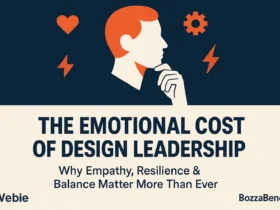
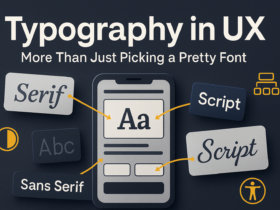
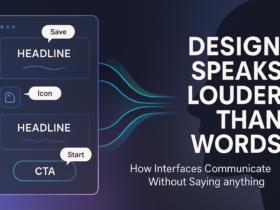





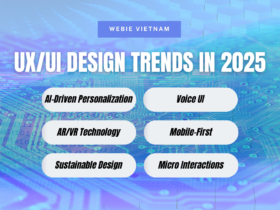





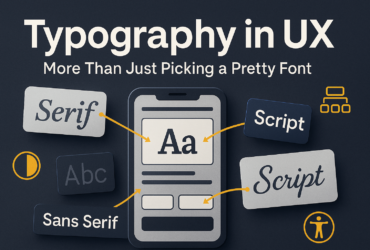

Leave a Reply